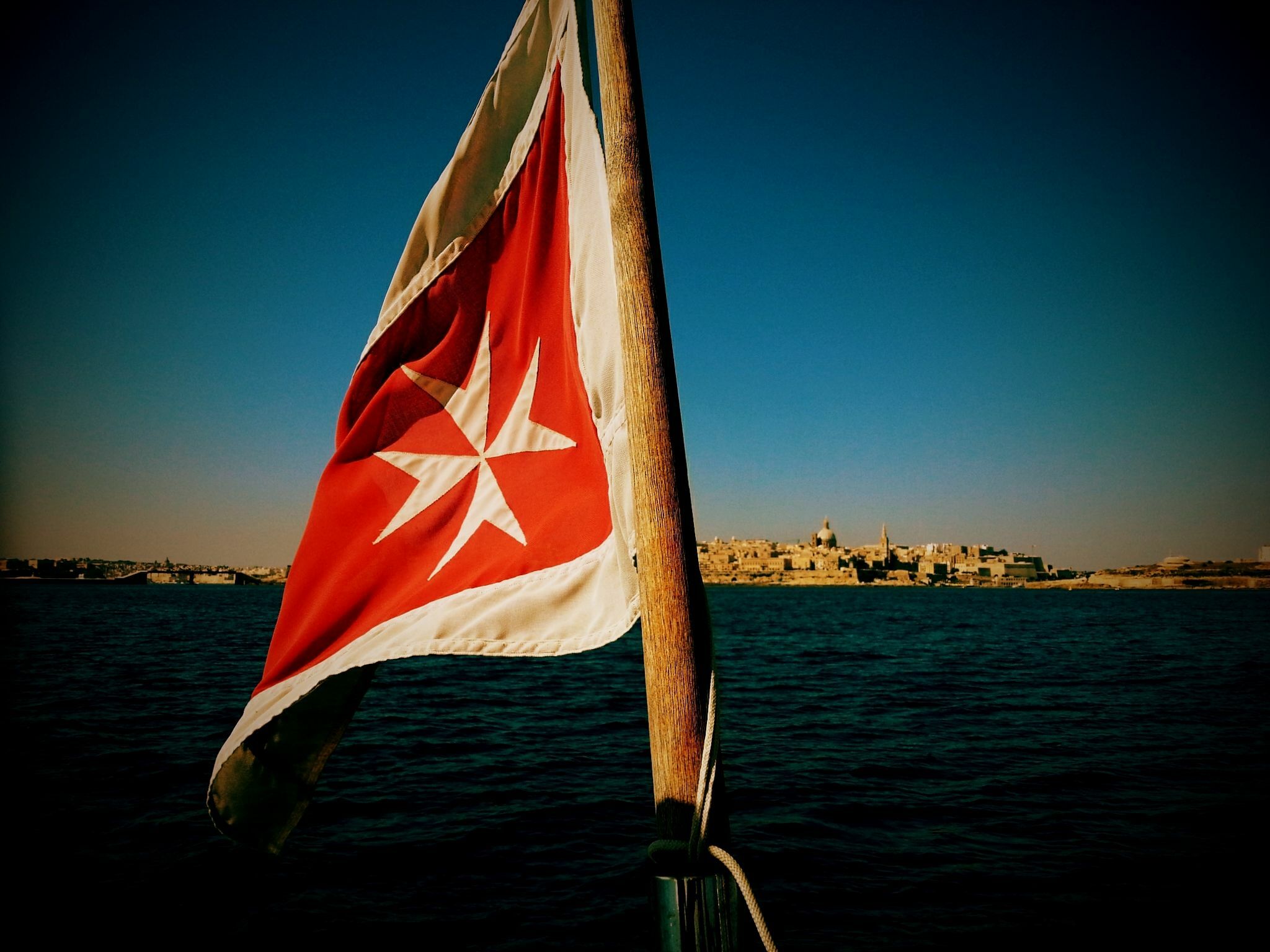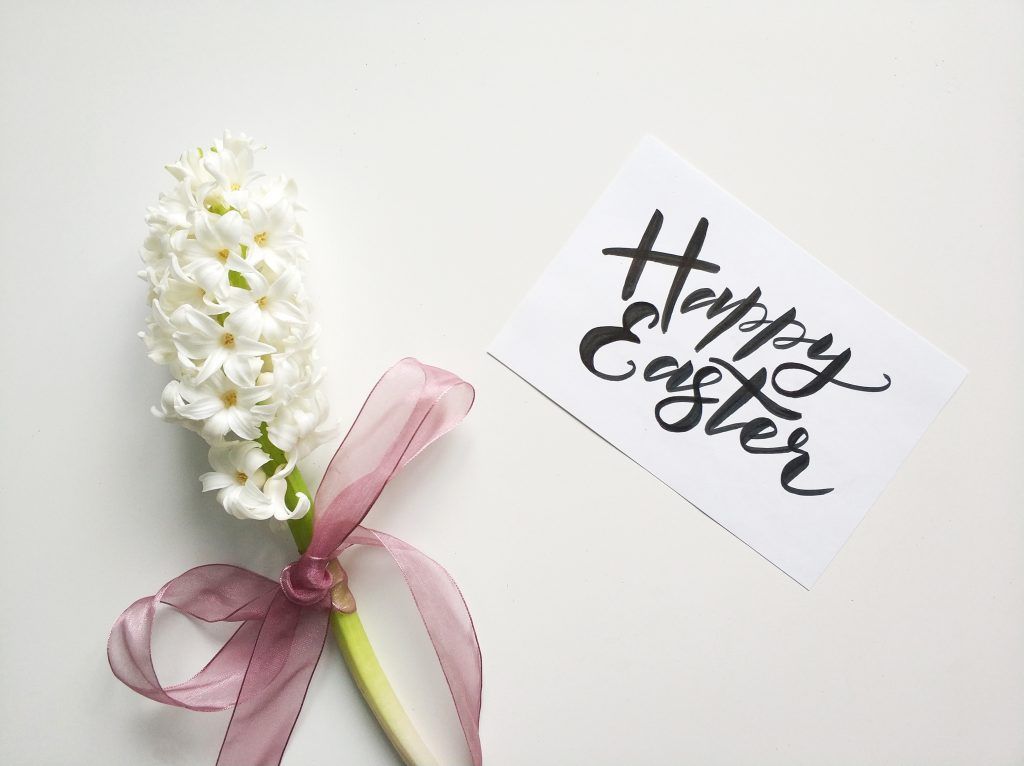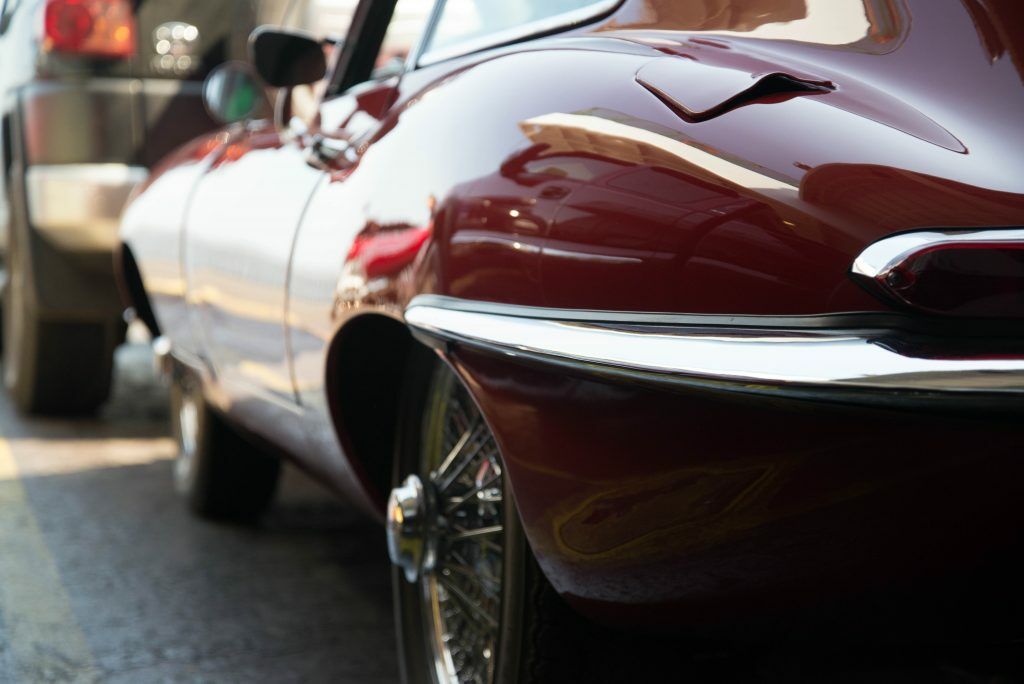Easter Celebrations in Malta
Easter is an occasion that gathers the faithful to celebrate the resurrection of Jesus from the dead. Every country has their distinct set of traditions and festivities but the Maltese celebrate Easter in the best way they know – with plenty of quality time and glee.
In the run-up to Easter, several locals abide by Lent. Lent kicks off on Ash Wednesday, this 46-day period – 40, excluding Sundays – asks of devotees to give up a comfort of their choice and devote themselves to prayer and contemplation as a way of purifying their soul in anticipation of the resurrection of Christ.
The last week leading up to Easter is known as the Holy Week. This week features Maundy Thursday which commemorates The Last Supper of Jesus Christ with his Apostles. Families and devotees visit instalments and re-enactments of the scene throughout the day. Following Maundy Thursday, the faithful atone for their sins and observe the day of Christ’s crucifixion on Good Friday. The island sees tens of processions across its villages and hundreds of repentant souls. Over these two days, the locals choose to visit an indefinite number of churches, as part of the Seven Churches Visitation ritual, to pray and recite sections of the scripture in preparation for the re-birth. After 40 days of fasting and abstinence, the Maltese celebrate the resurrection of the Messiah on Easter Sunday.
Easter day kicks off with morning mass. During Easter Sunday, mass takes on a special form to celebrate the blessings of the day. Following the midday mass, a procession featuring the statue of Risen Christ takes to the street with enthusiasts joining in to spectate the march. As the day progresses, devotees make their way to Birgu where an annual tradition takes place ritually. A group of men gather in Vittoriosa to run uphill holding the statue of the Risen Christ on their shoulders. This spectacle gathers an eager crowd and raises glee from the spectators.
In the afternoon, the locals head home to enjoy Easter lunch amongst the family. The lunch would feature some particular Easter specialities – amongst which are:
Qagħaq tal-Appostli (Bread Ring) – is a ring-shaped bread topped with almonds which is most commonly sold during Easter. Its hard exterior and soft interior prove for a good accompaniment for whichever meal. Street vendors will crowd the streets leading up to Easter Sunday, selling these fresh yummies.
Figoli – are a cross between a biscuit and cake-like delicacy. The sugary goodness features a citrus filling between iconically-shaped pastry. The pastry is then topped with sugar icing for decor purposes. Figoli traditionally took the shape of religious icons such as the dove but bakers have learnt to go wild with their imagination and have adopted unique shapes to the pastries.
Ħbejiet bis-Salib (Hot Cross Buns) – are a good example of traditions the Maltese adopted during the English colonies. Ħbejiet bis-salib are spiced sweet buns topped with candied fruit or raisins. The buns are best eaten with a good cup of tea when your sweet tooth aches for a treat.
Kwarezimal – is a Maltese biscuit with a peculiar colour. The biscuit is traditionally made without eggs or dairy products in order for the devotees to be able to indulge in during Lent. The biscuit is best dunked in a nice cup of tea.
Sfineg ta’ San Ġuzepp (Honey Fritters) – are more commonly known as Zeppole in Italy. Sfineg are lightly fried pastry with a sweet ricotta filling. The pastries are quite small and light and make for the perfect food sin – especially following Lent!
Qassatat tal-Għid – is a speciality of Xagħra in Gozo. The pie is composed of a fresh cheeselet filling. While in the past, the task of cooking was allocated to the village bakers – nowadays, housewives volunteer to bake hundreds of qassatat in celebration of the special feast.
Easter is a time of joy – head out to the streets to join in the celebration and make sure to grab a yummy treat for the occassion.







